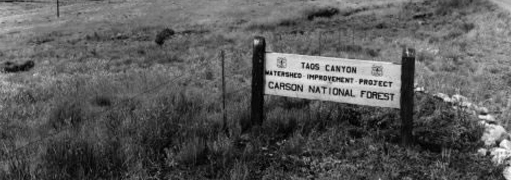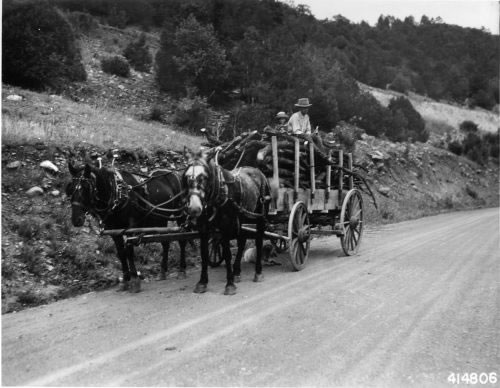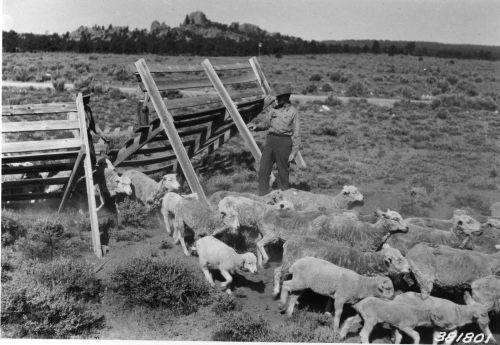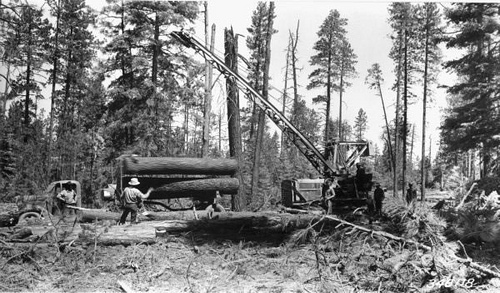Only You Can Stop The Forest Service: We Can Do Better And Here’s How
We Can Do Better And Here’s How


1941—A wood hauler pauses along the Rio Pueblo. An average rural family in this region would use about 20 loads like this for fuel wood and fence posts each year.
E.O. Buhler/US Forest Service

1939—Ranger R. L. Ground counting sheep on Tres Piedras Ranger District. The simple barrier forces the sheep past one at a time so the Ranger can compare a herd with its permit.
W.H. Shaffer/US Forest Service

1937—Loadmaster loading a large Douglas fir log scaled 580 feet. This is on a New Mexico Lumber & Timber Company timber sale.
R. Salton/U.S. Forest Service








